FORT CARSON, Colo.-Fort Carson's newest training lane provides a realistic environment for Soldiers to hone their first-aid skills at home to improve their lifesaving capabilities on the battlefield.
The Mountain Post Medical Simulation Training Center Tactical Combat Casualty Care training lane officially opened Sept. 2 following a ribbon-cutting ceremony at the training area adjacent to the MSTC facility, building 2130, on the corner of Specker Avenue and Khe Sanh Street.
Brig. Gen. James Pasquarette, deputy commanding general for support, 4th Infantry Division and Fort Carson, said first aid and lifesaving skills are tasks the Army doesn't take lightly.
"We're great at just the basics in a sterile environment, but where it really makes a difference is when you can simulate what we ask Soldiers to do in these really complex environments in Iraq and Afghanistan," Pasquarette said. "The more realistic it can be equals more Soldiers that make it out the other end alive."
More than 9,000 Soldiers have trained at the MSTC since it opened at Fort Carson in March 2007 with the mission of training combat lifesavers and combat medics in an indoor facility. Pasquarette said more than 3,000 Soldiers will train at both the indoor and outdoor facilities in fiscal 2011.
He said the survivability rate of Soldiers transported to combat support hospitals is 95 percent, but the key is stabilizing the Soldier on the battlefield.
"It's what the Soldiers do, not just medics, to stabilize that Soldier, to give them that opportunity to get to the (combat support hospital) and survive whatever bad luck he had that day. That is really what makes a difference," Pasquarette said.
The new outdoor training lane, in addition to the indoor training, provides today's Soldiers much better combat lifesaver training than Tim Olsen, senior instructor and site manager, received during his 20 years as an Army combat medic where he had to practice techniques on fellow medics.
"We use human simulators which breathe, bleed and have pulses," he said. "That's all good, but having (the Soldiers) wear all their gear, having to deal with the different elements, the terrain ... the chaos and the physical activity" of the one-hour final evaluation is demanding and requires teamwork.
He noted the training lane uses obstacles and training aids, to include vehicles, explosions, gunfire, buildings to clear and cover to seek.
"In a building it's notional, whereas outside they go through all these motions and ... use the equipment," he said. "Nowadays they go through all the steps to make it as realistic as possible."
Olsen noted today Soldiers generally attend the four-day combat lifesaver course annually and prior to deploying, compared to only about 10 percent of a combat team or squad was expected to attend training in the past.
He said in most cases only one or two medics are in a convoy or on a mission.
"If you have the rest of your Soldiers trained in the basic (tactical combat casualty care) principles they are going to help save their buddies' lives and get them evacuated," Olsen said.
He said the training lane will continue to evolve to meet the changing world, as the four-person MSTC staff and Mountain Post units share information to improve the facility's capabilities. Short-term improvements include an outdoor video surveillance system throughout the entire area, improvised explosive device simulators and realistic battle simulation.
"We want to make it as realistic as we can get," Olsen said.
Future plans also call for newer vehicles and a hoist trainer mounted on top of the two-story building to train Soldiers on how to rig litters so they can be hoisted into helicopters hovering above, because they cannot land in the Afghanistan terrain.
Pasquarette applauded the teamwork displayed between the 4th Inf. Div. surgeon staff, the garrison staff, the Directorate of Public Works, Range Control and the 52nd Engineer Company, 544th Engineer Battalion, which made the project come to fruition and saved Fort Carson about $50,000 in labor costs.
Getting involved in the project helped the 544th, which is scheduled to activate here in October, feel like part of the Fort Carson team, said Capt. Maggie Maasberg, company commander.
In addition to 22 engineers working on the courtyard, the two-story building and obstacles on the training lane, Soldiers from the 544th who recently completed the combat lifesaver course put on a demonstration to showcase the lane's training capabilities.
Maasberg and 544th Engineer Company 1st Sgt. Armando Manchaca agree the project benefits both the warriors who will train at the facility and the Soldiers who were able to brush up on their skills during the construction of the site.
Manchaca noted the project provided his Soldiers, many who came straight from the schoolhouse, with electrical and masonry training and something they can leave behind and take pride in.
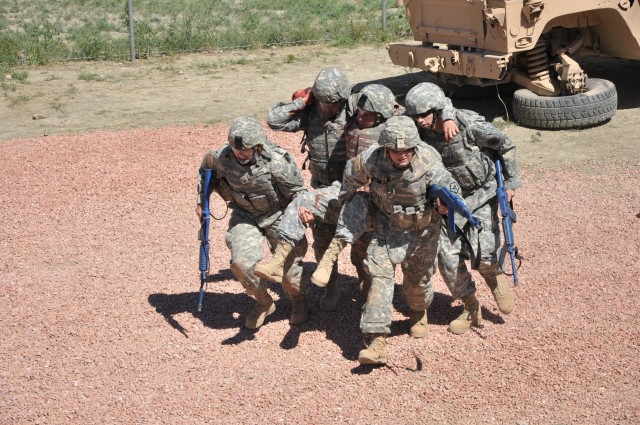
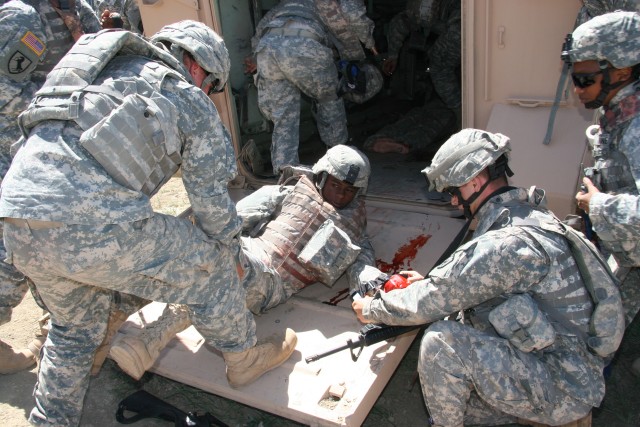
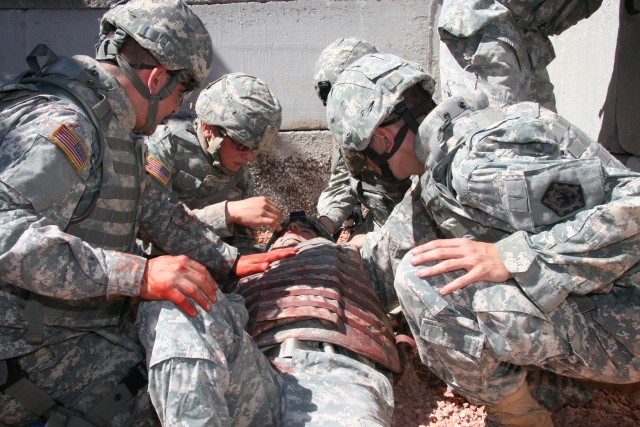
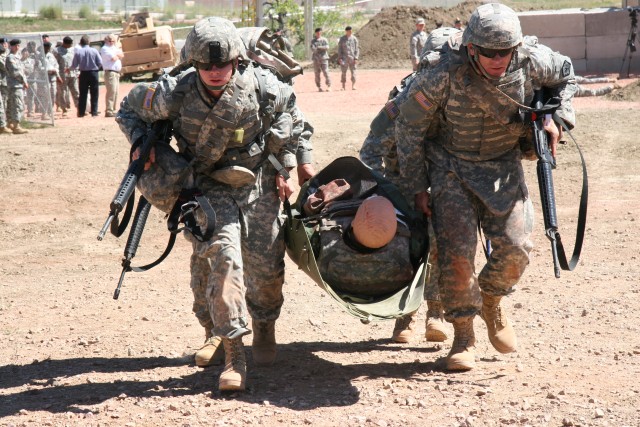
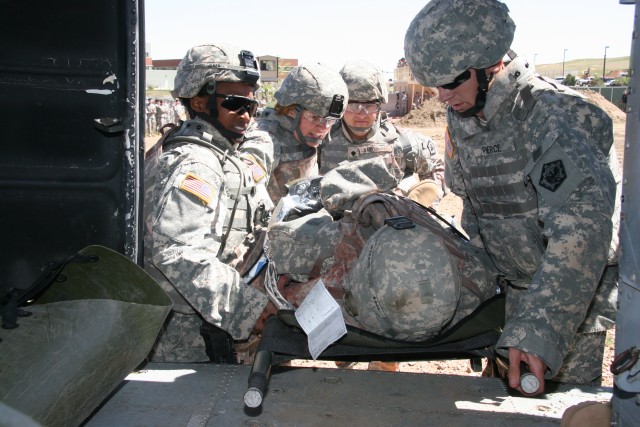
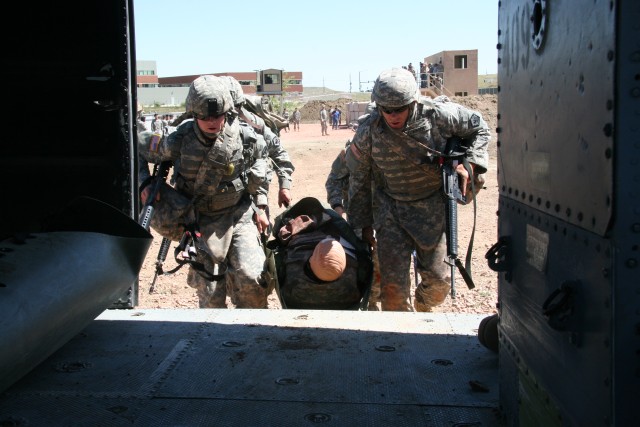
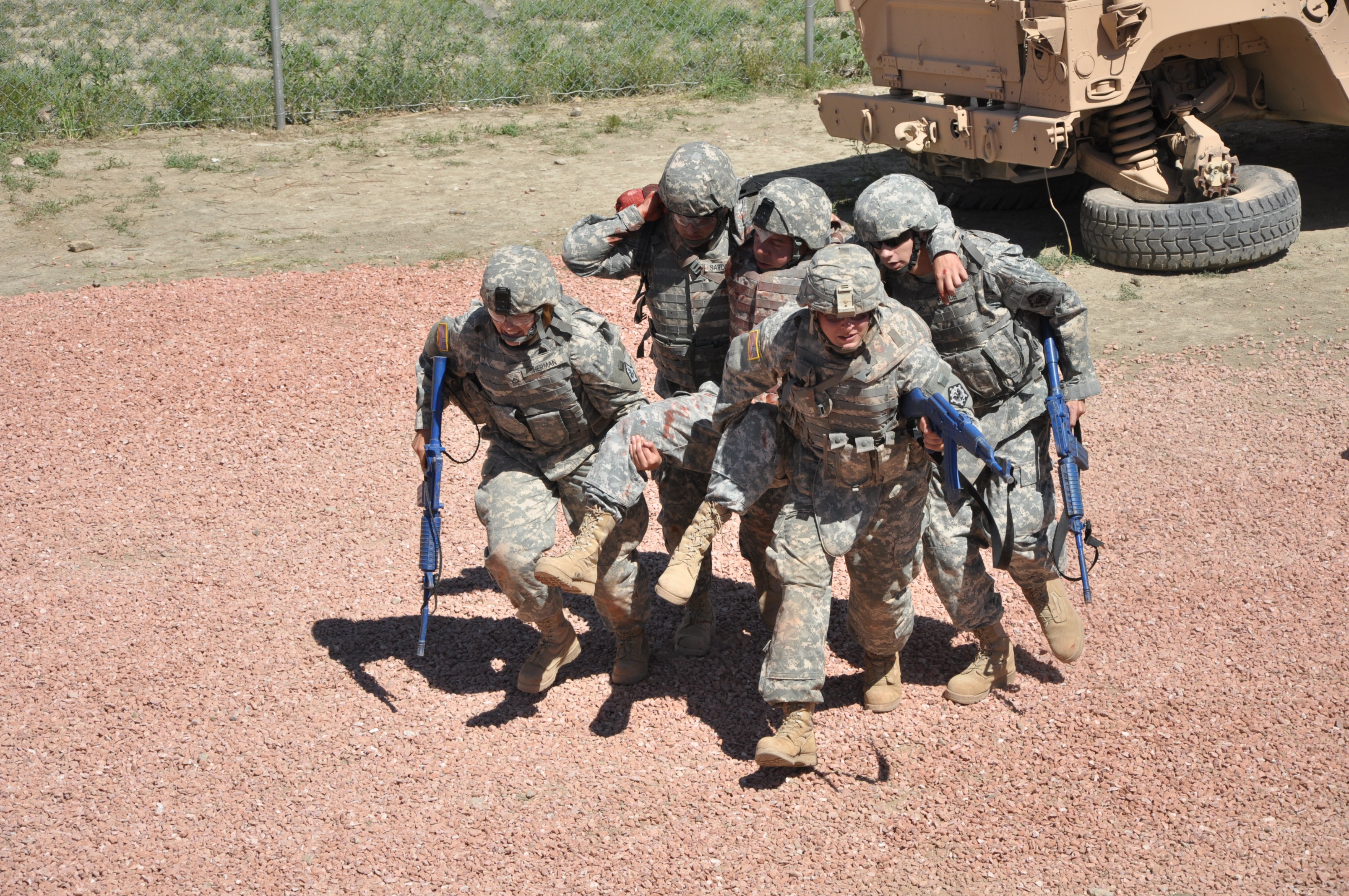
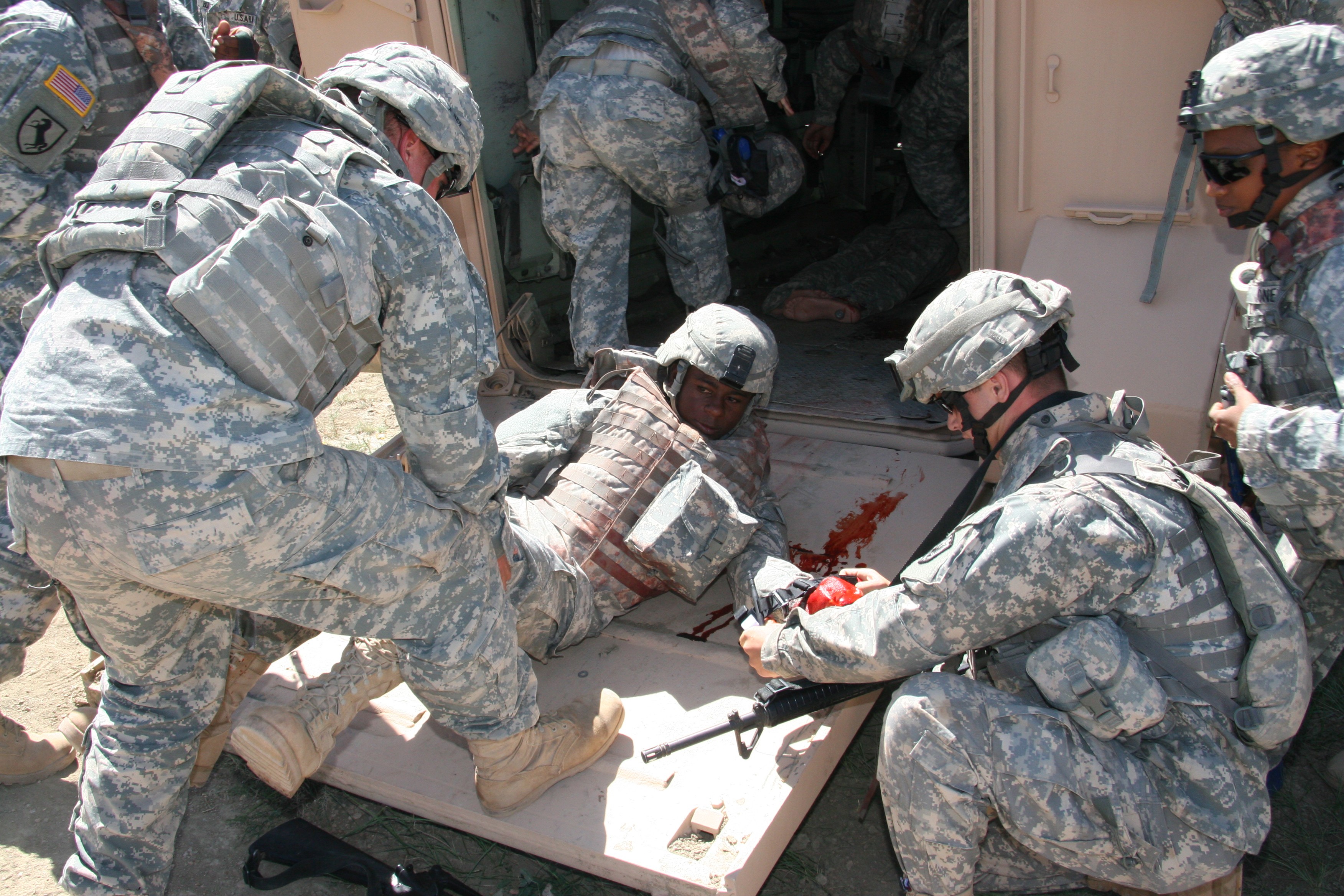
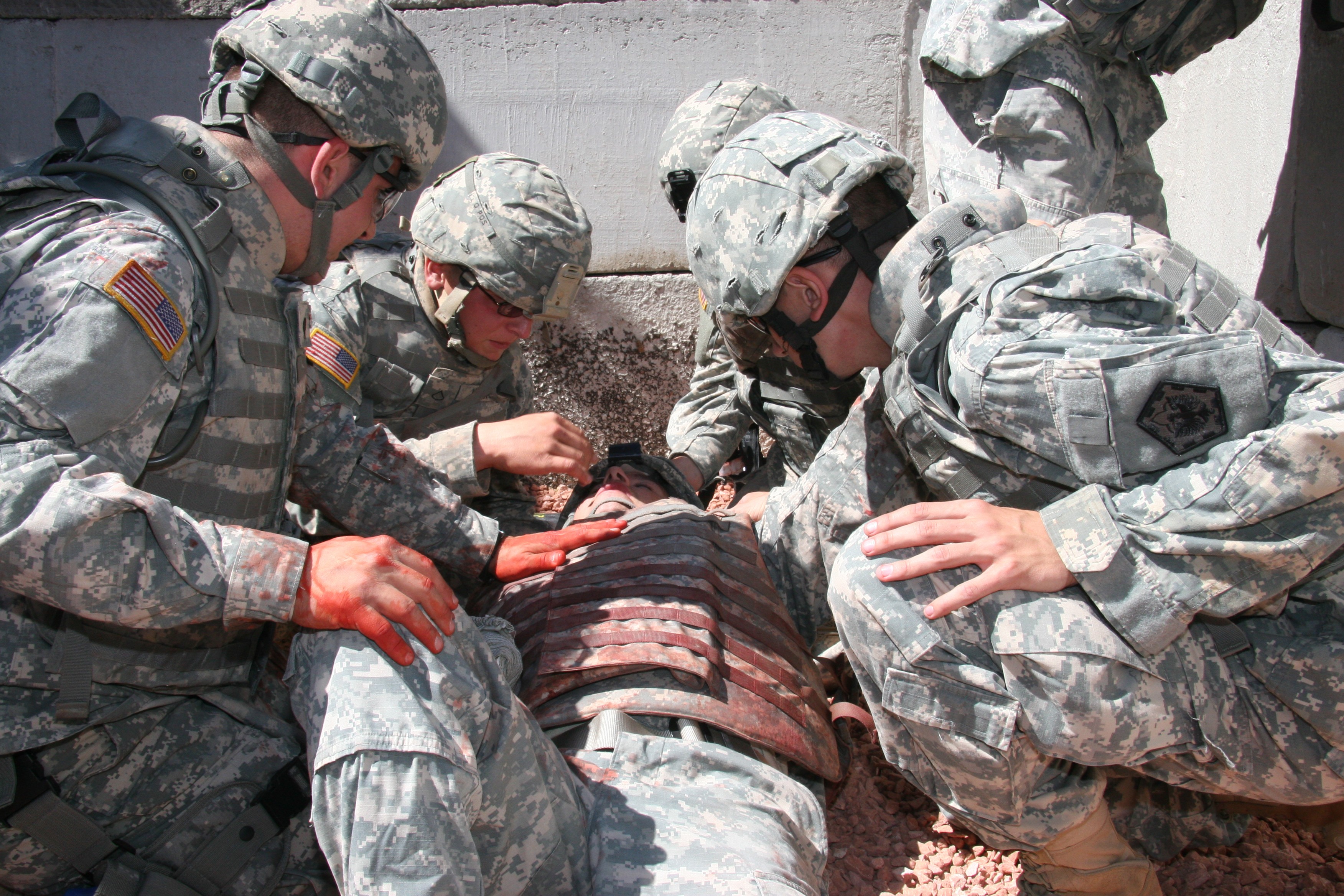
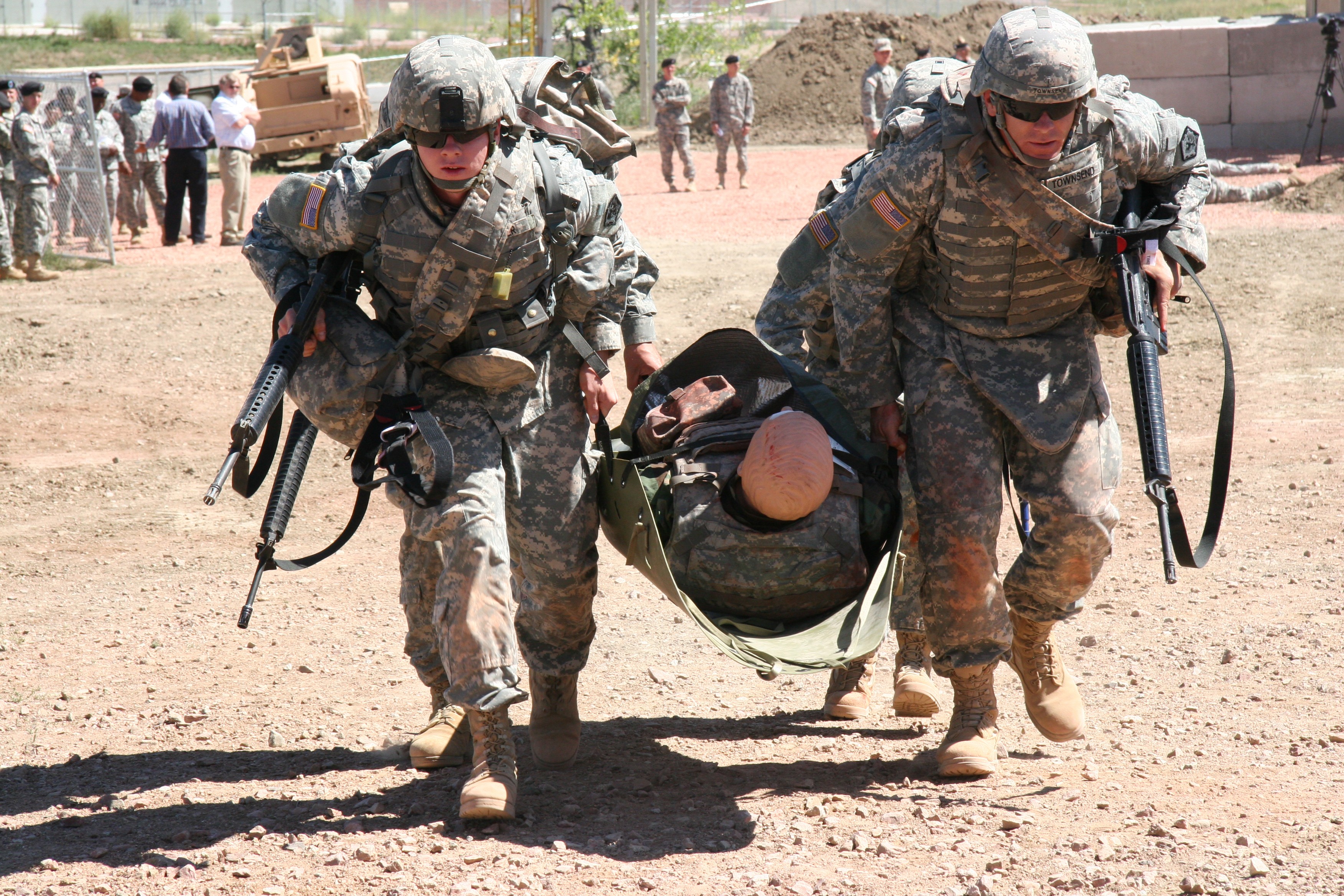
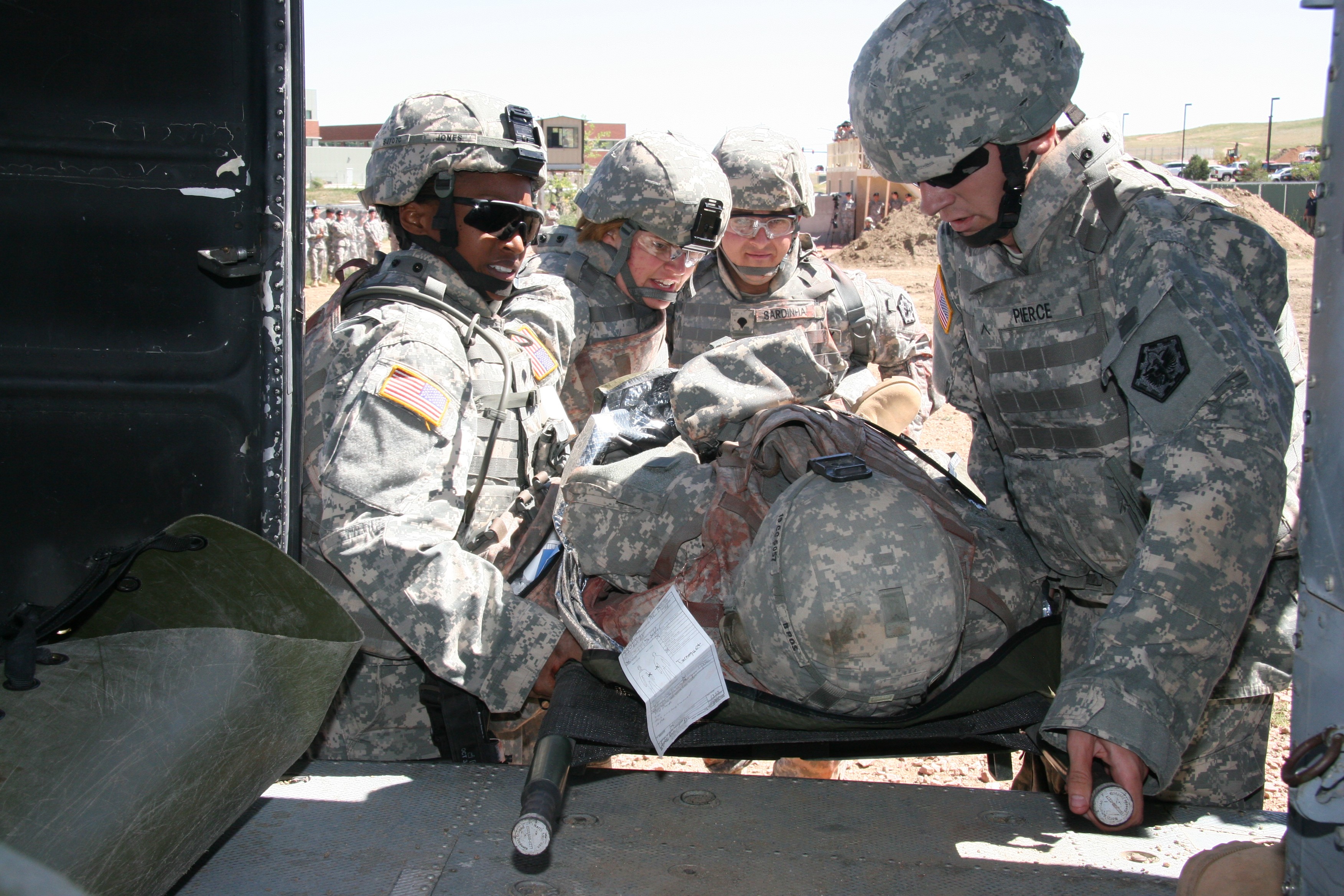
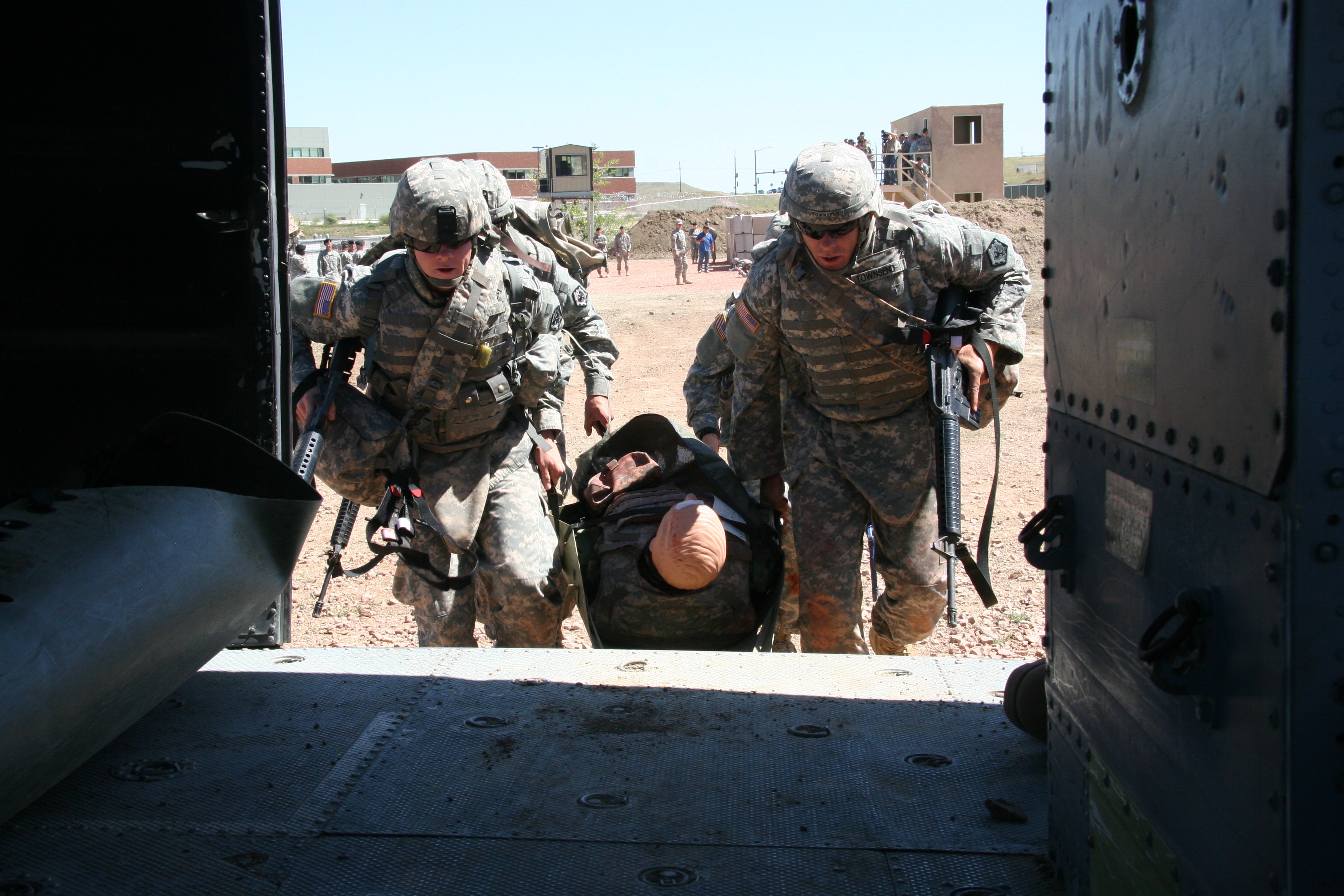
Social Sharing